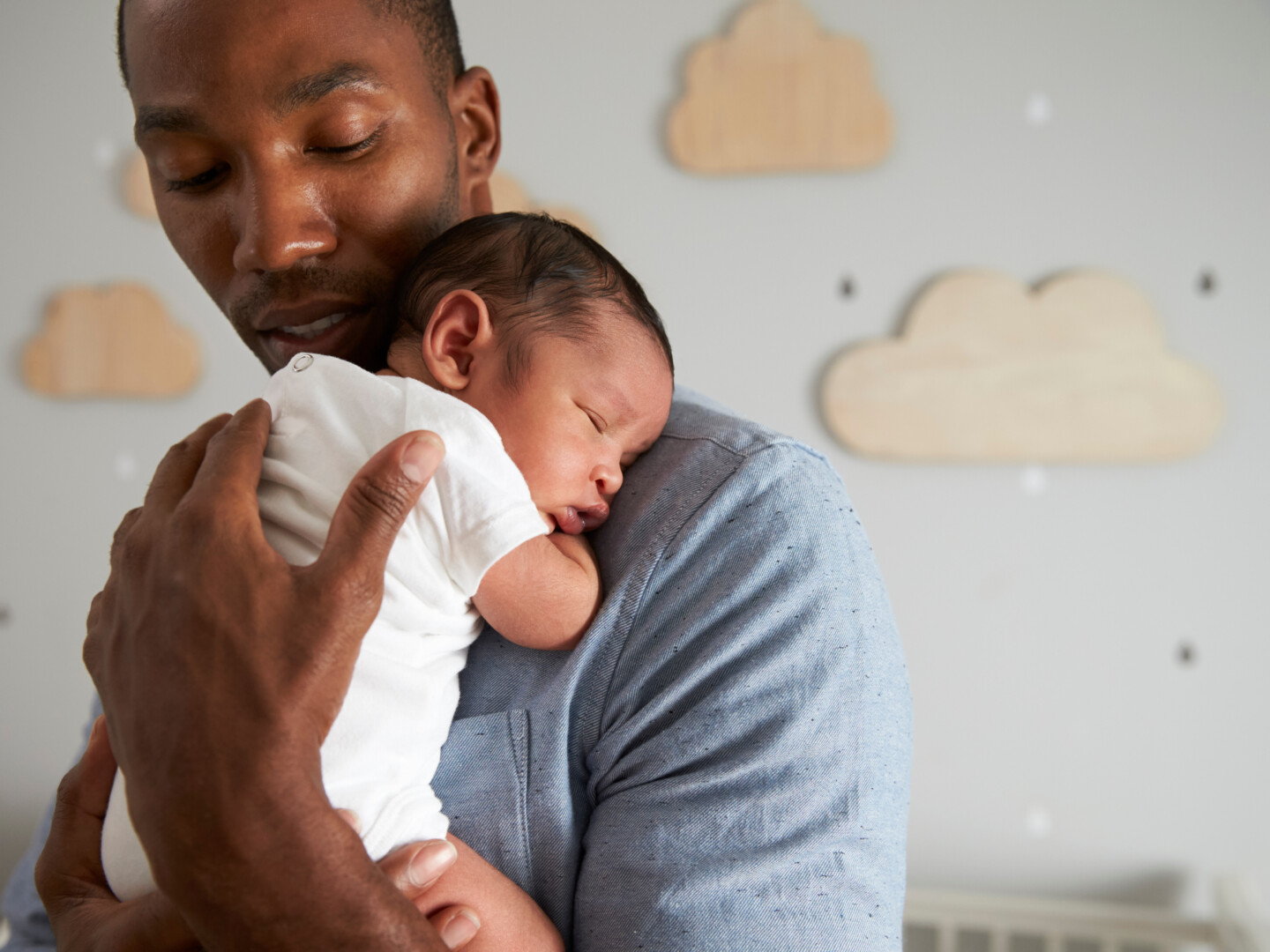


Paternity Leave – unlike Shared Parental leave, which can be taken in blocks – must be taken in one go. The maximum leave available is two consecutive weeks, but some employees opt to only take one week.
So far, so simple.
Where the most confusion occurs is around when Paternity Leave actually starts.
The earliest Paternity Leave can start is on the date of the child’s birth.
It can also be started later than this, although it must end within 56 days of the birth, or within 56 days of the first day of the Expected Week of Childbirth, whichever is the latter.
Where confusion can arise is when the partner takes time off when the mother goes into labour, but the baby isn’t born until the following day. In this case, the day of leave prior to the birth should be counted as either dependent care leave, emergency time off or annual leave, as Paternity Leave can’t begin prior to the day of the birth.
Your employee should let you know that they wish to take Paternity Leave by the end of the 15th week before the Expected Week of Childbirth.
Their notice should state the Expected Week of Childbirth, whether one or two weeks will be taken and when they would like their leave to start (which cannot be before the day of the birth).
An employee is entitled to Paternity Leave if:
Eligible employees are entitled to Statutory Paternity Pay, which is set by the government each year.
To be eligible, the employee’s weekly earnings must be more than the lower earnings limit set by the government during the 8-week period ending with the 15th week before the expected week of childbirth.
Employers might also choose to offer Enhanced Paternity Pay, in addition to the Statutory Paternity Pay. To do so, this must be stated in the individual’s contract of employment.
Yes. Taking Paternity Leave doesn’t impact upon Shared Parental Leave entitlement; the father, or mother’s partner, can take the full two weeks of Paternity Leave and then go on to Shared Parental Leave, either as one continuous block or several blocks throughout the child’s first year.
Paternity Leave must be taken before Shared Parental Leave, however. Once Shared Parental Leave has begun, entitlement to Paternity Leave ends.
The content of this blog is for general information only. Please don’t rely on it as legal or other professional advice as that is not what we intend. You can find more detail on this in our Terms of Website Use. If you require professional advice, please get in touch.